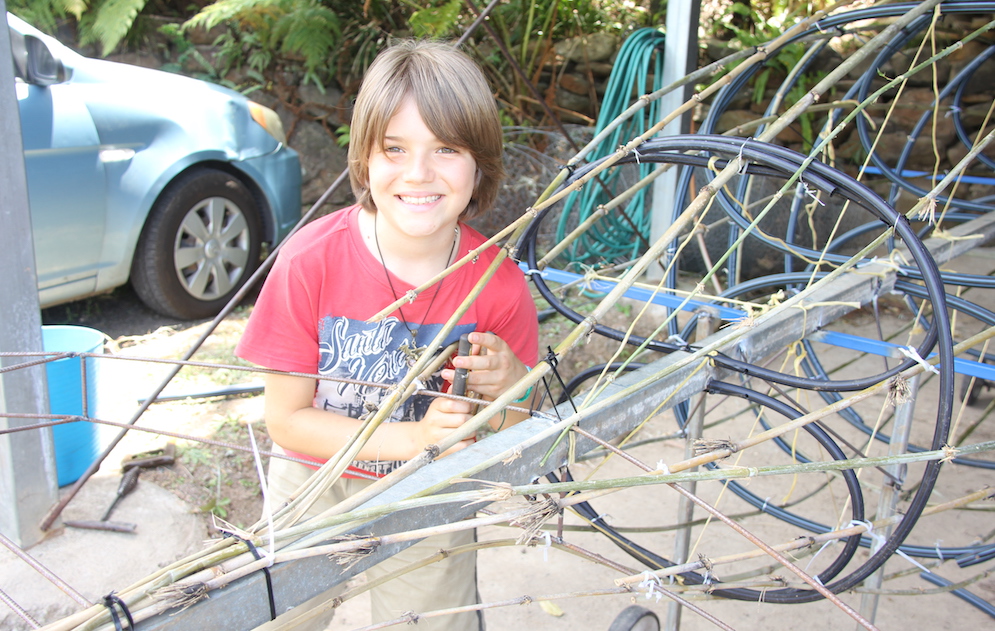
Despite the fact that approximately 1 in 100 children live with a persistent tic disorder, public awareness of this large group of movement disorders remains low.
“Tourette Syndrome and other tic disorders receive little media attention because they lack the strong advocacy which plays such a key role in what gets noticed,” Dr Melissa Licari, Senior Research Fellow at the Kids Research Institute Australia and the University of New South Wales, explains.
Read the latest print edition of School News HERE
This lack of visibility can be compounded by shame or fear of being judged, which often prevents those with tics from speaking out.
“Media often highlight only the most extreme symptoms, such as swearing – present in only around 10 percent of people with a tic condition like Tourette’s,” Dr Licari notes. “This misrepresents this group of conditions and overlooks the wide range of challenges people actually face.”
Dr Licari is a leading voice in the field of neurodevelopmental conditions. Her research focuses on movement disorders, particularly tic disorders and she recently co-led Australia’s first national survey into the unmet needs of people living with tic disorders, uncovering significant gaps in support and understanding—particularly in schools.
For schools, she says, the misunderstanding and misrepresentations in the media can have real consequences. “Tic disorders are more common than many people realise, with research showing that as many as 1 in 8 children experience tics between the ages of 4 and 6,” says Dr Licari. While many of these cases are mild and temporary, she points out that “for around 1 in 100 children, tics can become more persistent and visible, affecting their confidence, peer interactions, and ability to learn.”

Dr Licari’s recent national survey found that 79 percent of these children experience a moderate to extreme impact on their education. “Many struggle to complete work, feel pressured to suppress their tics, and experience bullying,” she says. “Three-quarters of caregivers report that teachers have very limited knowledge of tic disorder, suggesting that school environments often lack the understanding and support these students need.”
What can schools do to support students with tic conditions?
“Teachers should be on the lookout for sudden, repetitive movements or sounds that a child can’t easily control – like frequent blinking, throat clearing, sniffing, facial grimacing, or shoulder shrugging,” Dr Licari advises. “If these behaviours happen regularly or seem to cause the child frustration or embarrassment, teachers should carefully observe and discuss their concerns with the child’s caregivers.”
Early identification and support can make a meaningful difference. “Encouraging parents to seek medical help can ensure the child gets the right support both at home and at school,” she says.
Dr Licari also encourages teachers to explore the resources offered by the Tourette Syndrome Association of Australia (TSAA). “There are some great resources available on the TSAA website that can help teachers better understand and support students with tics,” she says. “Teachers are also encouraged to reach out directly to the organisation for information, advice, or support.”
While the TSAA is a small, largely volunteer-led group, Dr Licari highlights their value: “They are incredibly passionate and knowledgeable, and they are there to help schools create more inclusive and understanding environments for students with tic disorders.”
With greater awareness and support, schools have a vital role to play in ensuring students with tic disorders feel accepted, understood, and able to thrive.







